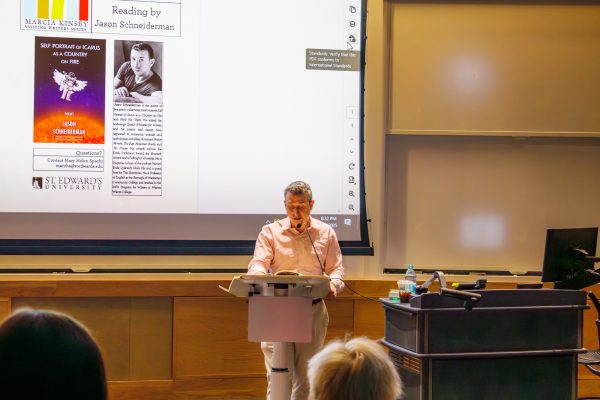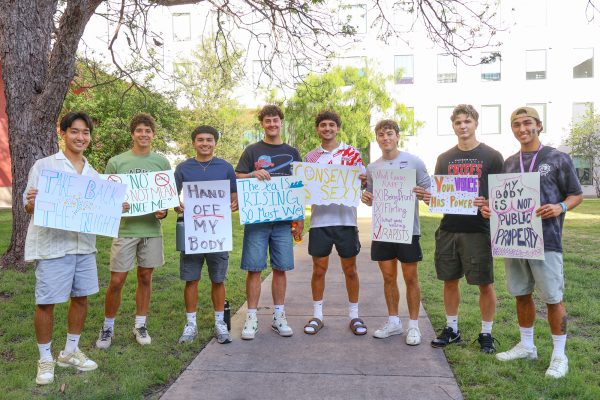‘Turn Right at Machu Pichu’ reaches literary heights despite a few stumbles
Marked by writer Mark Adams’ clear voice and gentle spirit, “Turn Right at Machu Pichu” is a stunning narrative that parallels the stories of two unlikely explorers — one, a restless university professor named Hiram Bingham III, the other, Adams himself, a magazine editor living the high life in New York City.
After becoming fascinated with Bingham’s life, Adams decides he needs to follow in the footsteps of the “real-life Indiana Jones,” who is also the credited discoverer of Machu Pichu.
Though the two men are separated by nearly a century, Adams’ account draws from his and Bingham’s similarities. Like Bingham, Adams was also a middle-aged white man who became bored with the everyday, a boredom that prompted an expedition into unknown Peruvian territory — unknown to westerners, that is.
Bloodthirsty mosquitos, an Australian guide from the outback and vibrant Peruvian customs conspire to fill pages upon pages with vivid descriptions as well as a working knowledge of extreme hiking.
Still, history is at the account’s core. Adams’ approach to Bingham’s highly contested travel journals is well-researched and empathetic. The book also divulges Bingham’s wacky personal life and darkly humorous financial torment. Between chapters of rigid socialite hierarchy and Yale University happenings, Adams’ modern trek incites youthful daring and personal growth, leaving readers wanting to tag along.
Where the narrative falters, however, is Adams’ fear of taking poetic and lyrical risks. “Turn Right…” drags its heels at the midway point, causing readers to question, “What’s the pay-off? How many more miles until we get there?”
Here, Adams seems uncertain of himself, a trait that, at first charming, becomes tiresome. Luckily, moments of comedic relief (like when the westerner gets a buzz from chewing cocoa leaves or when the spirited Peruvians tolerate Adams’ western foolishness during river-bathing) make up for the author’s unfortunately arid personality.
Still, as history and modern experience collide in the story, the book is experiential living documentation of one of the 7 wonders of the world — and the tumultuous path history has taken to arrive there.






